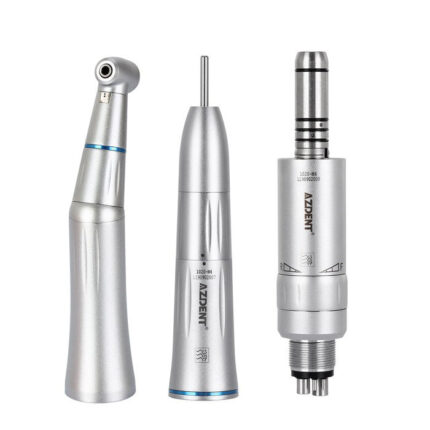Understanding Bridge Dental Instruments: A Comprehensive Guide
Bridge dental instruments are critical tools utilized in the field of dentistry, specifically when it comes to restorative procedures. Among these, bridge dental instrument https://dentaprof.com/collection/instruments/crown-and-bridge-instruments/ play a vital role in helping dental practitioners restore damaged teeth and replace missing ones, ensuring the longevity and functionality of dental health.
What Are Bridge Dental Instruments?
Bridge dental instruments are specialized tools designed for the fabrication and placement of dental bridges, which are prosthetic devices used to replace one or more missing teeth. These instruments are essential for precise measurements, adjustments, and fittings in the dental laboratory and during patient procedures.
Types of Bridge Dental Instruments
Various types of instruments are used in the process of creating and installing dental bridges. Some of the essential bridge dental instruments include:
- Impression Trays: Used to take a detailed imprint of the patient’s teeth and gums for accurate measurements.
- Scissors: Specialized scissors for cutting different dental materials like metal and plastic during the bridge-making process.
- Handpieces: These rotary instruments are used for shaping and preparing the tooth structure for bridges.
- Matrix Systems: Helps in creating a mold for the dental bridge and ensures an accurate fit.
- Bonders: Adhesives used to secure the bridge to the abutment teeth.
The Importance of Bridge Dental Instruments
The significance of bridge dental instruments cannot be overstated in modern dentistry. Here’s why they are essential:

1. Precision and Accuracy
The primary purpose of bridge dental instruments is to ensure that each component of a dental bridge fits perfectly. Instruments like impression trays and handpieces are designed for high precision, allowing the dentist to create a bridge that aligns seamlessly with the patient’s bite and surrounding teeth.
2. Efficiency in Procedures
Using specialized instruments reduces the time required for each procedure. Efficient tools mean that dental professionals can prepare and install bridges quickly, minimizing discomfort for the patient while maximizing the effectiveness of the treatment.
3. Improved Patient Comfort
Well-designed dental instruments facilitate smoother procedures, leading to better outcomes. Patients often report less discomfort and shorter recovery times when their dentists use high-quality bridge instruments.
Cleaning and Maintenance of Bridge Dental Instruments
To ensure longevity and functionality, it is essential to maintain and clean dental instruments properly. This involves:

- Cleaning after each use with appropriate disinfectants.
- Storing instruments in a dry, sterile environment.
- Regularly checking for wear and tear, and replacing instruments as necessary.
Bridge Instruments in Modern Dentistry
As dental technology advances, so does the development of bridge dental instruments. Innovations such as digital impressions and CAD/CAM technology have revolutionized the way dental bridges are created and placed. These modern tools help enhance the precision, comfort, and effectiveness of dental restorations.
Digital Impressions
Instead of traditional impression trays, some dentists now use digital scanners that can capture detailed images of the patient’s mouth. This technology not only simplifies the process but also provides highly accurate measurements for creating dental bridges.
CAD/CAM Technology
Computer-Aided Design and Computer-Aided Manufacturing (CAD/CAM) systems allow for the design and creation of dental bridges in a single visit. This approach provides immediate results, eliminating the need for temporary bridges and multiple appointments.
Conclusion
The significance of bridge dental instruments in restorative dentistry is undeniable. By providing the necessary precision, efficiency, and comfort, these tools help dental professionals create and place bridges that restore both functionality and aesthetics. As the field evolves with technology, staying updated with the latest advancements in bridge instruments will ultimately benefit dental practices and patients alike.
